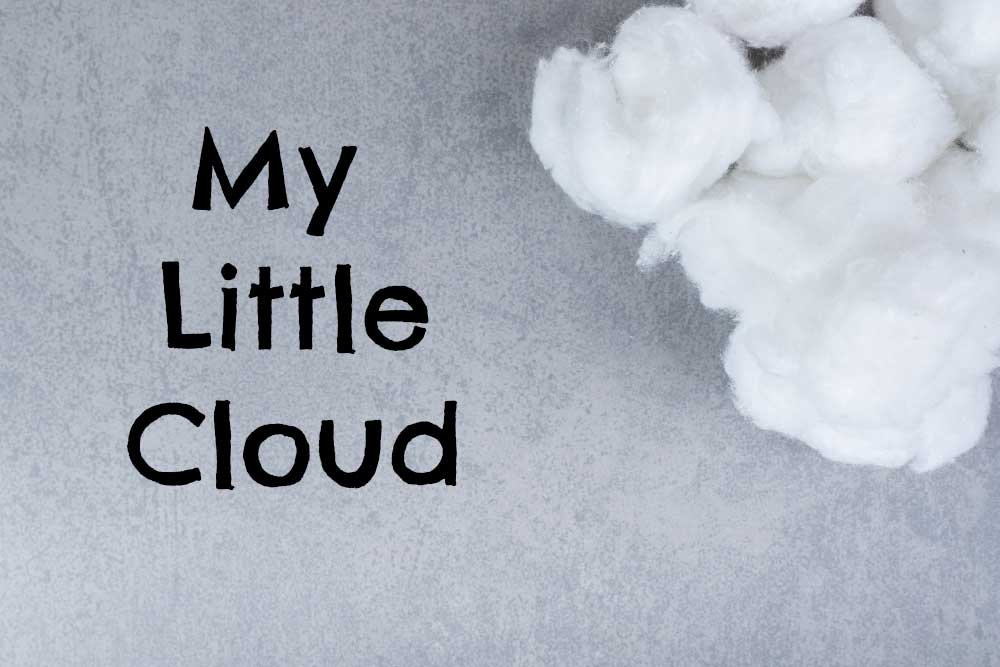$5 Off First Order + 5% Off After
Become a free registered member and get access to exclusive discounts, resources, and a community of like-minded educators.
Not sure yet? See what you’ll get: Member benefits
ACAVAM106
》Visual Arts – Foundation, Year 1, Year 2
Explore ideas, experiences, observations and imagination to create visual artworks and design, including considering ideas in artworks by Aboriginal and Torres Strait Islander artists
Elaborations
• trialling different options for designing representation by looking at artworks about a theme or subject matter, such as a ‘circus’, and make their own interpretation based on their ideas, experiences, observations and/or imagination
• observing and recording the shapes, colours and textures of people, objects and concepts they experience in their daily lives, for example, drawing faces, insects, plants, food
• Considering viewpoints – forms and elements: For example – What colours were used? What is it made of? How is the colour used, and why is it used in this way?
• practising drawing images and making objects related to self, others and personal environments in different forms, for example, painting, sculpture, photography
• identifying and using visual conventions in their artworks after investigating different art, craft and design styles from other cultures and times, for example, Expressionism, Fauvism, Aboriginal and Torres Strait Islander Peoples, and Asia
-
Little Cloud Adventure
📔 Little Cloud by Eric Carle• We are learning to observe how clouds change shape and move in the sky.




